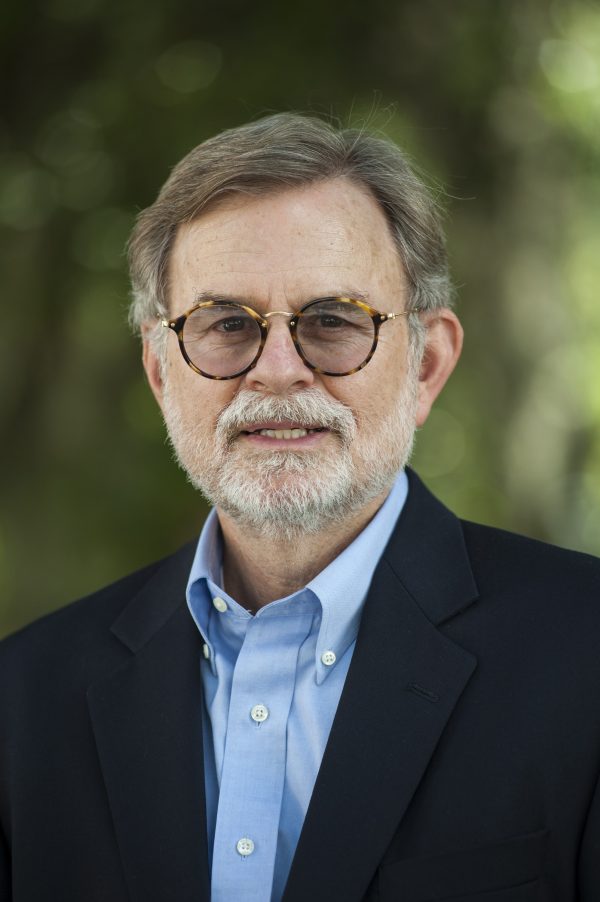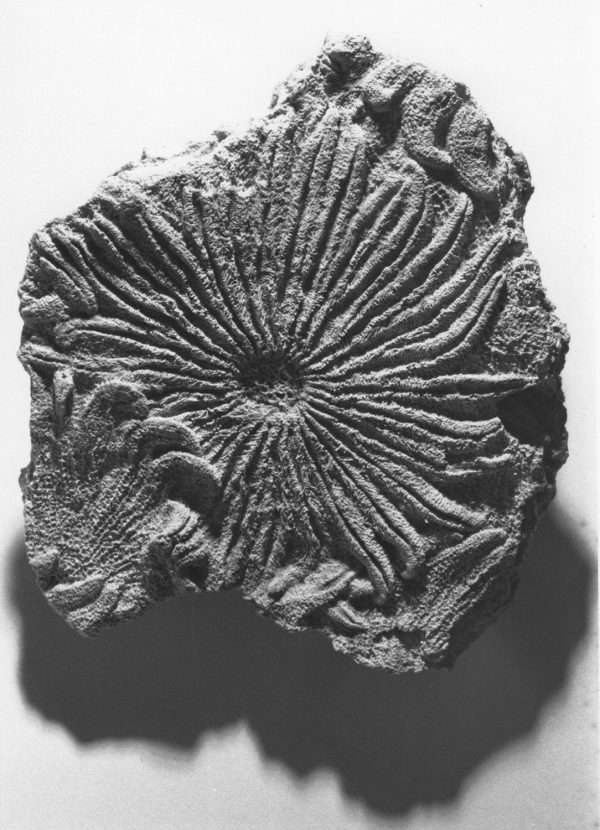With the goal of promoting life-long learning, University of Florida researchers will use a four-year, $1.97 million National Science Foundation grant to create a nationwide network of amateur and professional paleontologists.

Florida Museum photo by Jeff Gage
Fossil clubs across the country function independently and do not communicate with each other or professionals as most science-hobbyist groups do, according to research by Bruce MacFadden, vertebrate paleontology curator at the Florida Museum of Natural History on the UF campus.
The FOSSIL Project–Fostering Opportunities for Synergistic STEM in Informal Learners–will cultivate a network for fossil enthusiasts to collaborate in blended learning, the practice of science and educational outreach. To facilitate relationship building, amateur paleontologists have been invited to participate in the North American Paleontology Convention to be held in Gainesville beginning Saturday.
“This is the first time that fossil enthusiasts have been invited, and the grant is paying for them to attend,” said MacFadden, who is partneringwith Florida Museum invertebrate paleontologist Austin Hendy and UF education professionals to develop the project. “There are a lot of wonderful amateur paleontologists in North America and this is a very exciting opportunity.”
More than 40 members from 28 fossil groups in 18 states are expected to attend this year’s convention. While in Gainesville, amateur and professional paleontologists will attend the project’s kickoff meeting, including a live interactive webinar from Nick Pyenson, curator of fossil marine mammals with the Smithsonian Institution and distinguished lecturer for the Paleontological Society.
By building connections with fossil clubs and societies through these types of interactions, scientists and professional educators can help amateur paleontologists with their outreach, said project coordinator Katherine Hendy.

Florida Museum archive photo
“In the short-term, it’s less about benefiting the museum and more about benefiting the community,” she said. “But professional paleontologists and museums will see long-term benefits from new relationships with amateurs.”
The project’s long-term goals include an interactive website where users can input data, submit requests for information and connect with other paleontologists. The website will also provide links to social media and information about opportunities for training and development, workshops and K-12 outreach to underserved audiences, MacFadden said.
“I had this idea of a web-based education community that connects people with a shared interested in paleontology,” he said. “Few members of fossil clubs are students, so this is also a way that people who share an interest and love of fossils can continue to learn outside of the classroom throughout their lives.”
Project leaders are hopeful the project will further ongoing national “big data” initiatives making millions of digitized fossil specimens available to the public in the next decade, Katherine Hendy said. As part of this initiative, museum professionals will train amateurs to digitize museum specimens, including fossils at the Florida Museum, she said. Independent enthusiasts and fossil groups will also learn how to create and share digitized personal collections.
Researchers will use knowledge gained from the project to inform STEM educators about effectively engaging the public with scientific data. The goal is to create a set of best practices for a web-based learning program that uses a community model and supports experiences with digital scientific artifacts, said Kent Crippen, UF associate professor of STEM education.
“We will assess the impact of FOSSIL by evaluating the structure of the community over time as well as the participation and perceptions of its members,” said Crippen, who is working with Florida Museum education professionals Betty Dunckel and Shari Ellis on the project. “To understand how design influences practice in a learner driven environment, our strategy will be to model the evolution of the community by looking at user characteristics.”
Groups and individuals interested in fossils are encouraged to learn more about the project by visiting myFossil.org.
“Anyone who likes collecting fossils and is interested in what’s going on nationally will be able to participate and learn,” MacFadden said. “Once the project gets going, I’m hoping that folks find this to be so important that we can sustain this activity.”
Visit the myFossil.org website.
Learn more about Vertebrate Paleontology at the Florida Museum.